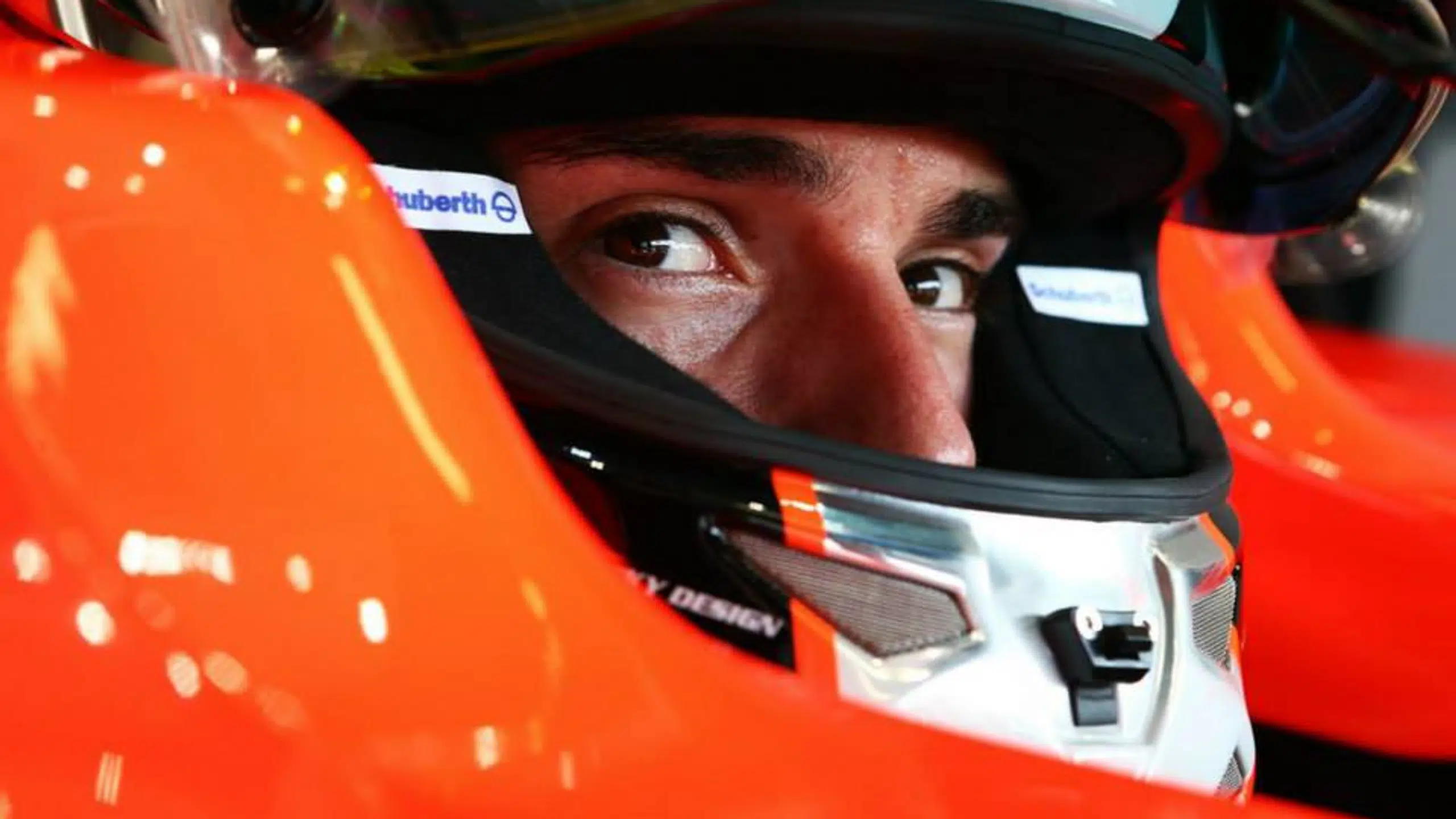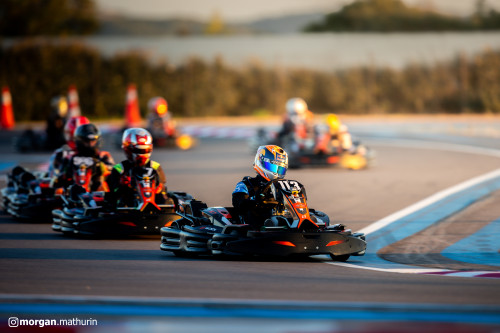Safety and Challenges in Formula 1: Rain, Visibility, and Progress on the Horizon 🌧️🏁
🌦️ Rain and Safety: A Delicate Balance in Formula 1
Organizing a Formula 1 race in the rain is a complex task, requiring a careful balance between competition and safety. At the last Belgian Grand Prix, the race organizers’ cautious approach, which delayed the start until weather conditions improved, sparked debate. Some champions, such as Lewis Hamilton, considered this reluctance excessive, believing that F1 should preserve the essence of racing in the rain. On the other hand, other drivers point out the importance of preserving human life above all else.
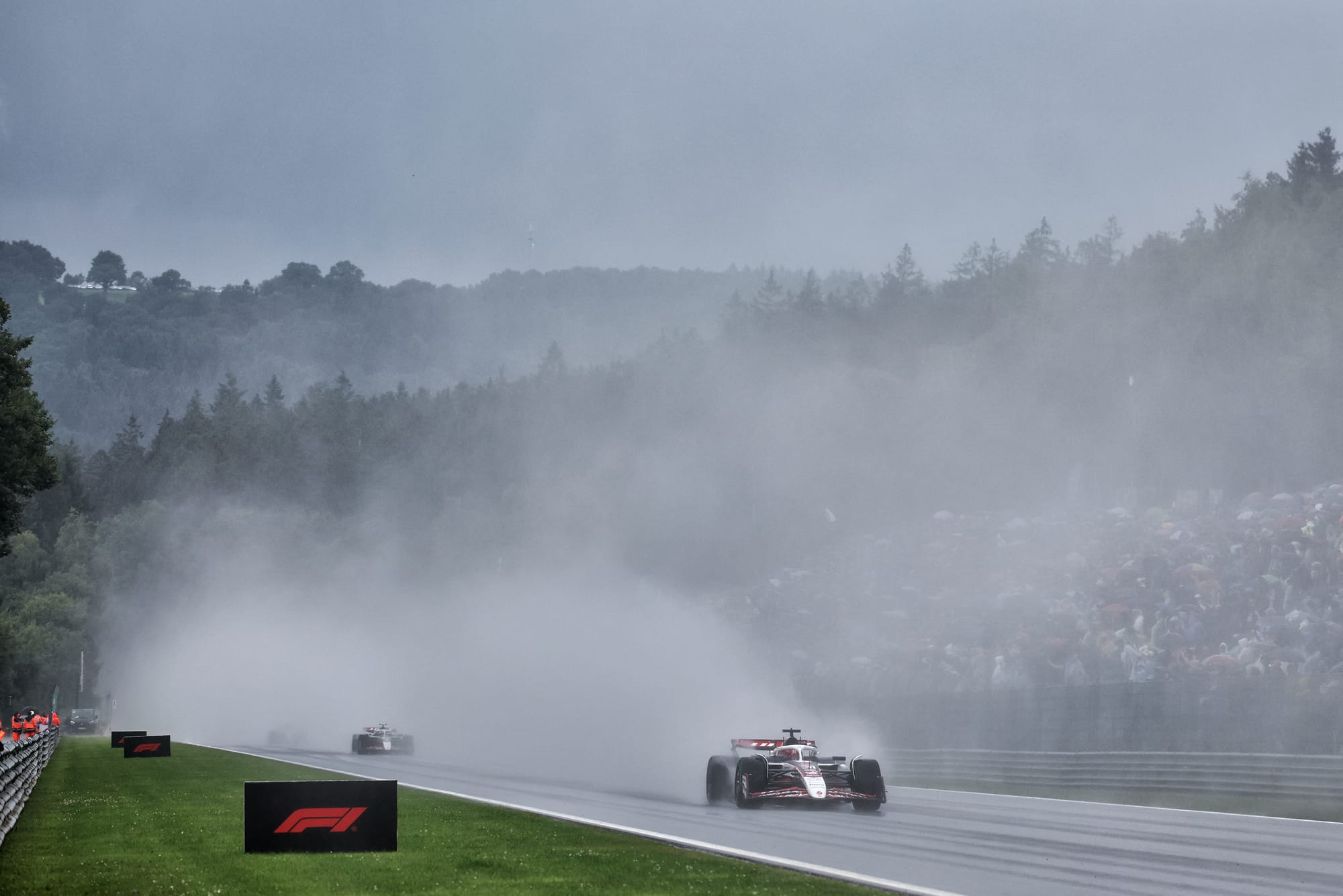
Esteban Ocon remembers his first experience at Spa in the rain, where visibility was virtually zero. He explains: “I was at the back of the grid, and despite the speed, it was impossible to see ahead. I managed to avoid an accident by reflex, but it could have ended very badly.” Ocon, like others, insists on the need to avoid losing more drivers in these extreme conditions. The tragedy of Jules Bianchi in 2014, or that of Dilano van’t Hoff at Spa in 2023, are still fresh in everyone’s minds.
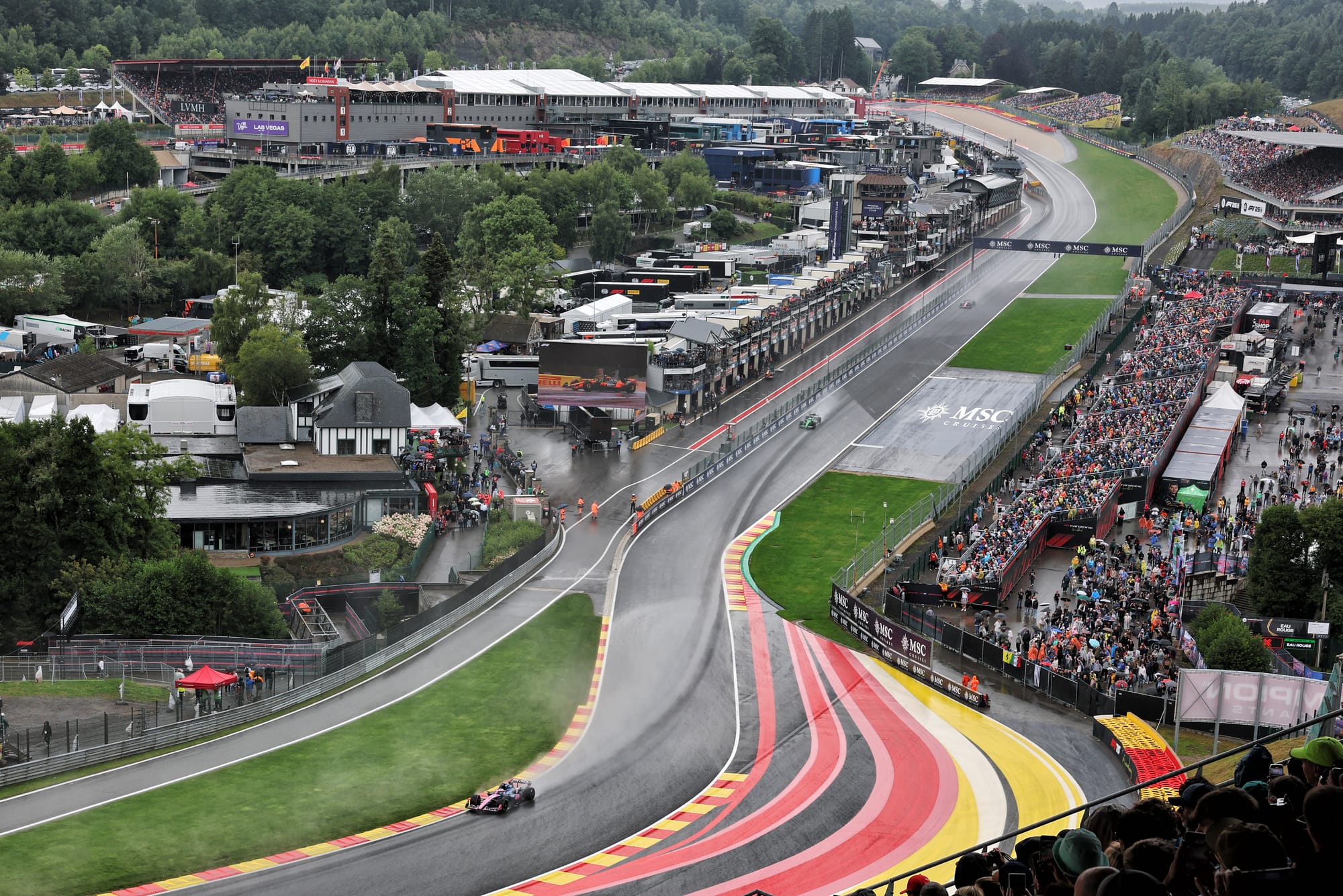
Safety remains paramount when it comes to racing in the rain. Although the temptation to put on an epic show remains strong, F1 now favors caution, as even the slightest error in judgment can have dramatic consequences.
🚥 Visibility, the Real Heart of the Debate in F1
The issue of visibility is a central concern. Several drivers, including Pierre Gasly and Carlos Sainz, emphasize that driving in the rain is not the main problem: it is the inability to see the car in front that poses the real danger. Gasly is calling for close collaboration with the FIA to find the right balance.
Carlos Sainz points out that Spa-Francorchamps is not a circuit like any other: “At Spa, the tragic history means we have to be very cautious. Perhaps we lacked communication, because the FIA had been clear about taking a conservative approach given the dark past of the venue. ” However, he notes that a quicker restart of the race after the red flag could have been considered without compromising driver safety.
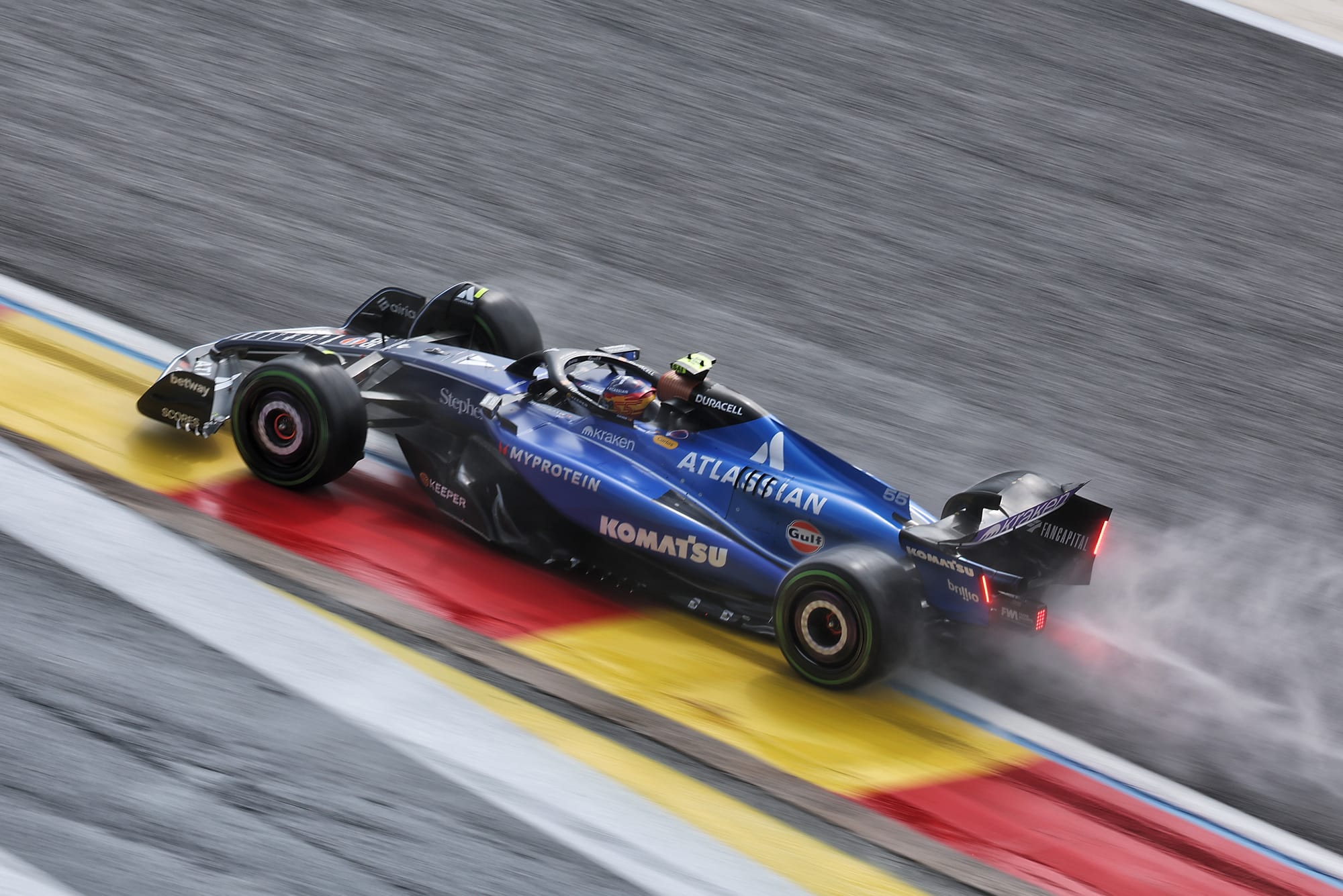
Max Verstappen, for his part, believes that drivers must also take responsibility. He points out that the current generation of single-seaters, equipped with large diffusers and wide tires, generate more water spray than ever before. This exacerbates the visibility problem and makes decisions even more complex.
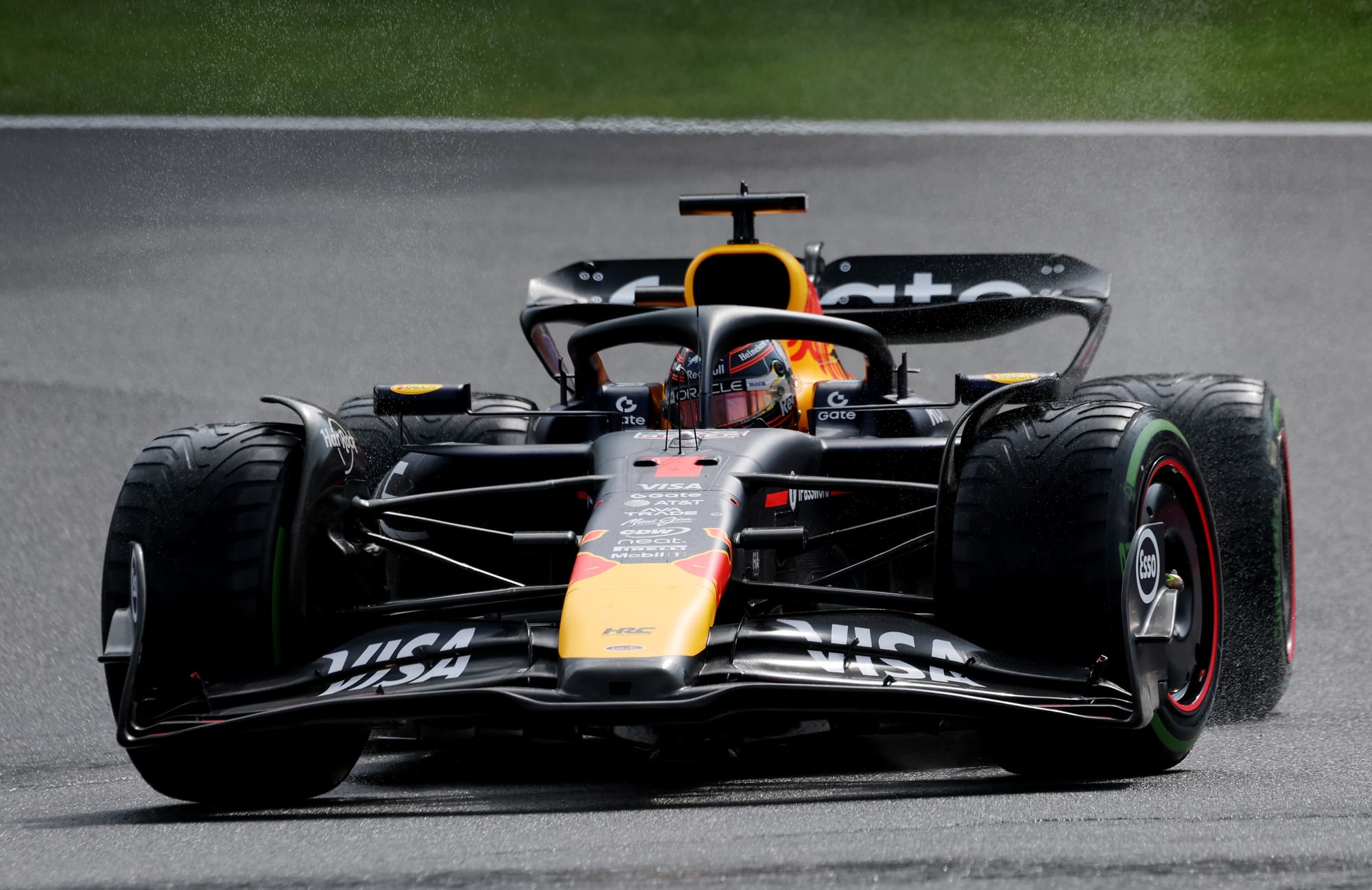
Verstappen points out that there is always room for individual adaptation, as drivers can ease off the accelerator or increase their safety distance if in doubt. However, he also reminds us that the challenge of visibility has never been greater.
🛠️ What Solutions for the Future?
The search for innovative solutions is now driving the paddock. Carlos Sainz proposes experimenting with new types of asphalt that can limit water spray. According to him, some surfaces allow for “zero spray” on highways, but are not suitable for racetracks because they are too abrasive for tires in dry conditions. Nevertheless, he invites us to consider these materials as a starting point.
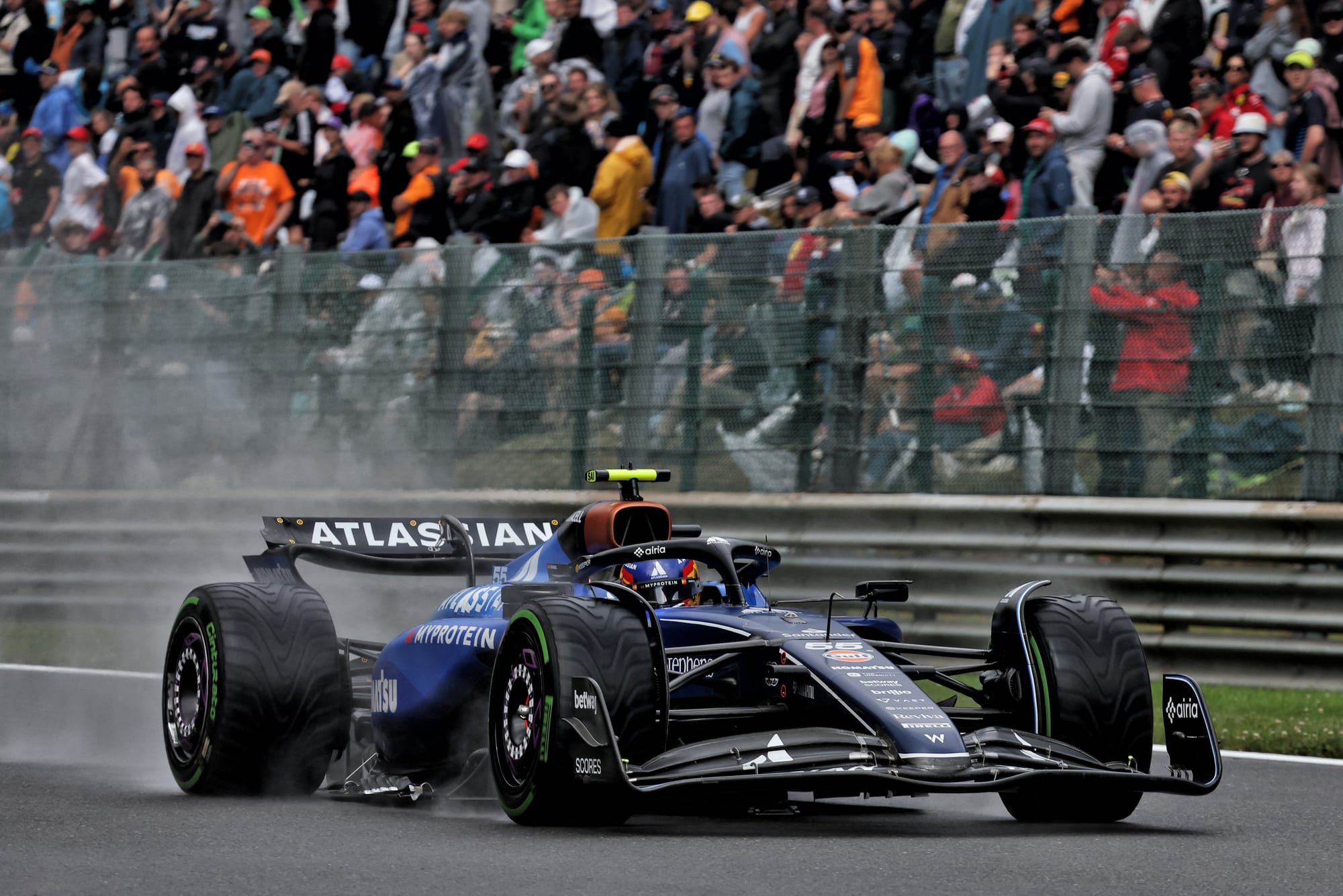
Fernando Alonso agrees and notes that the anti-spray tarmac solution is worth exploring, even if it means dealing with increased wear in dry conditions. He reiterates the importance of finding a compromise between safety in wet weather and performance in dry conditions.
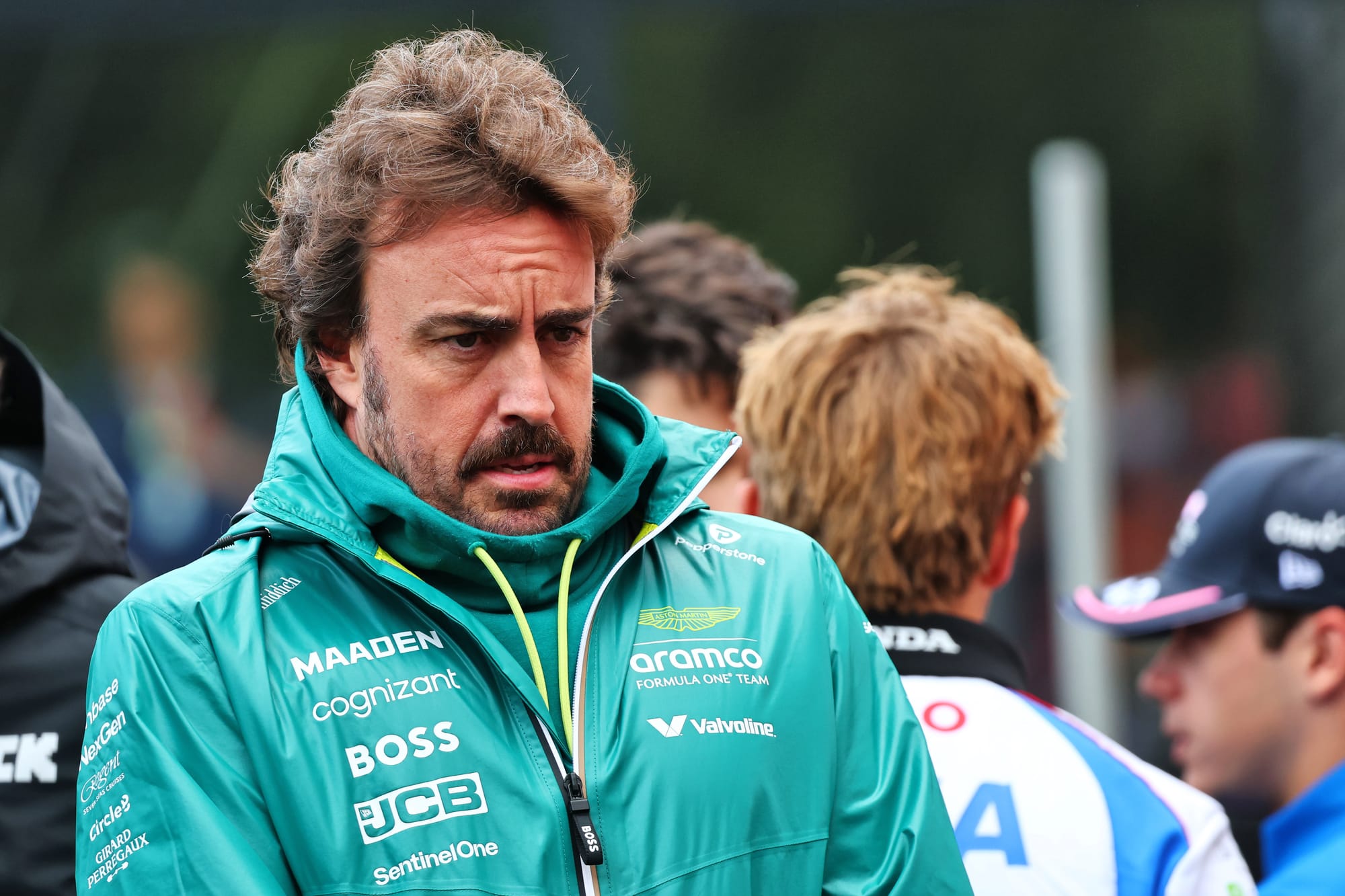
George Russell, meanwhile, envisions a future where technology could compensate for poor visibility with heads-up displays showing the positions of nearby cars, even in thick fog. With advances in GPS and onboard systems, this idea could revolutionize driver safety in wet races.
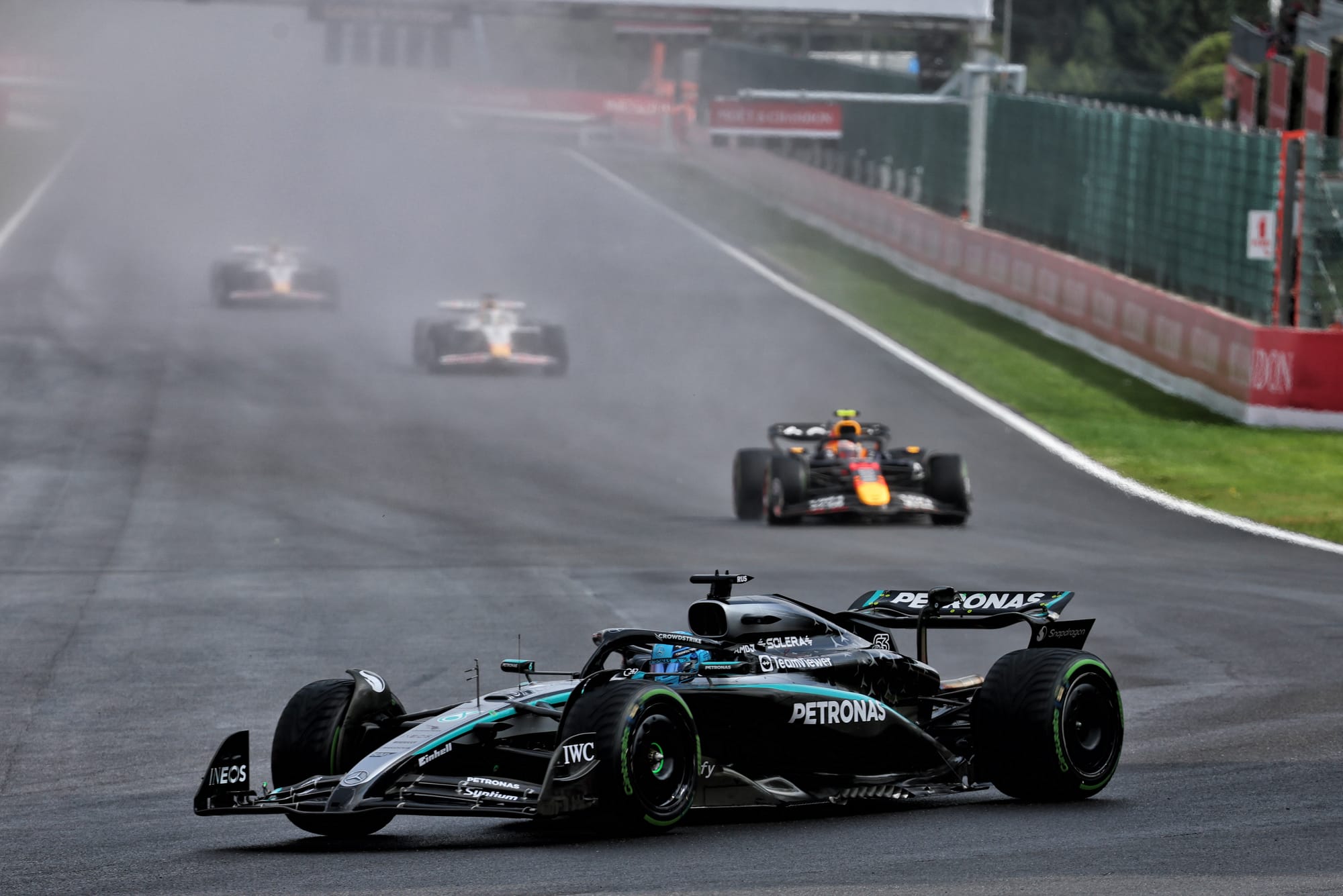
While technology offers fascinating prospects, humility is key: finding the miracle solution requires time and collective intelligence. For now, caution remains the rule, as we await the next technological breakthroughs.
🏎️ The Evolution of Single-Seaters: The Role of Regulations and Technology
If we compare today’s F1 to that of a decade ago, the contrast is striking. Many people recall the epic 2016 Brazilian Grand Prix, where F1 cars raced on extreme wet tires. But since the arrival of ground effect single-seaters and the significant widening of the cars, the situation has changed radically. Carlos Sainz explains: “Today, even with rain tires, visibility becomes zero as soon as it rains heavily. Back then, you could still see part of the track.”
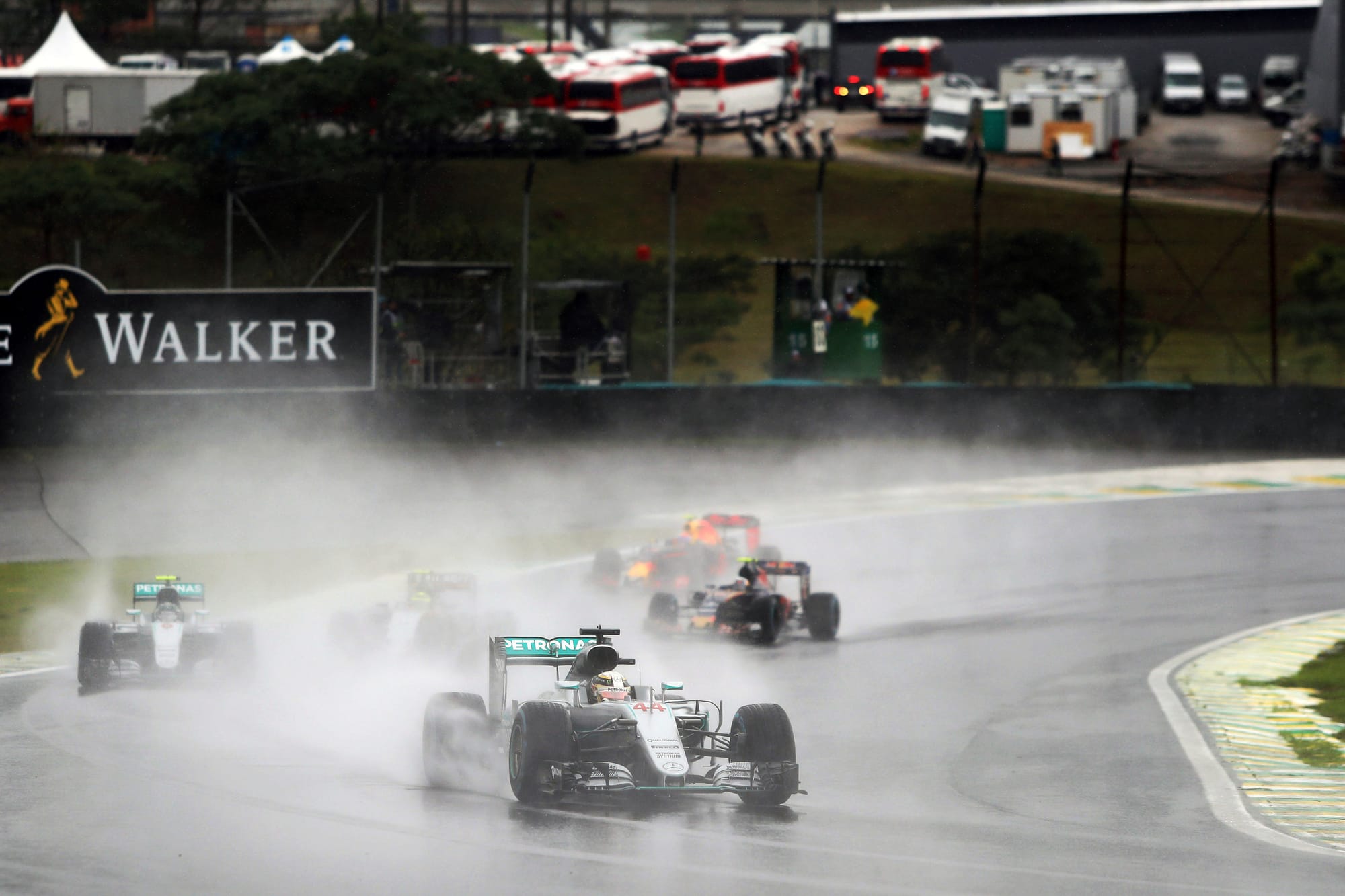
Ollie Bearman, a promising young driver, recalls that spray was much less of an issue with the old F1 cars. Today, the wake generated by a single-seater can cover the entire track. He describes the feeling of helplessness when you can no longer see the brakes or any visual reference points.
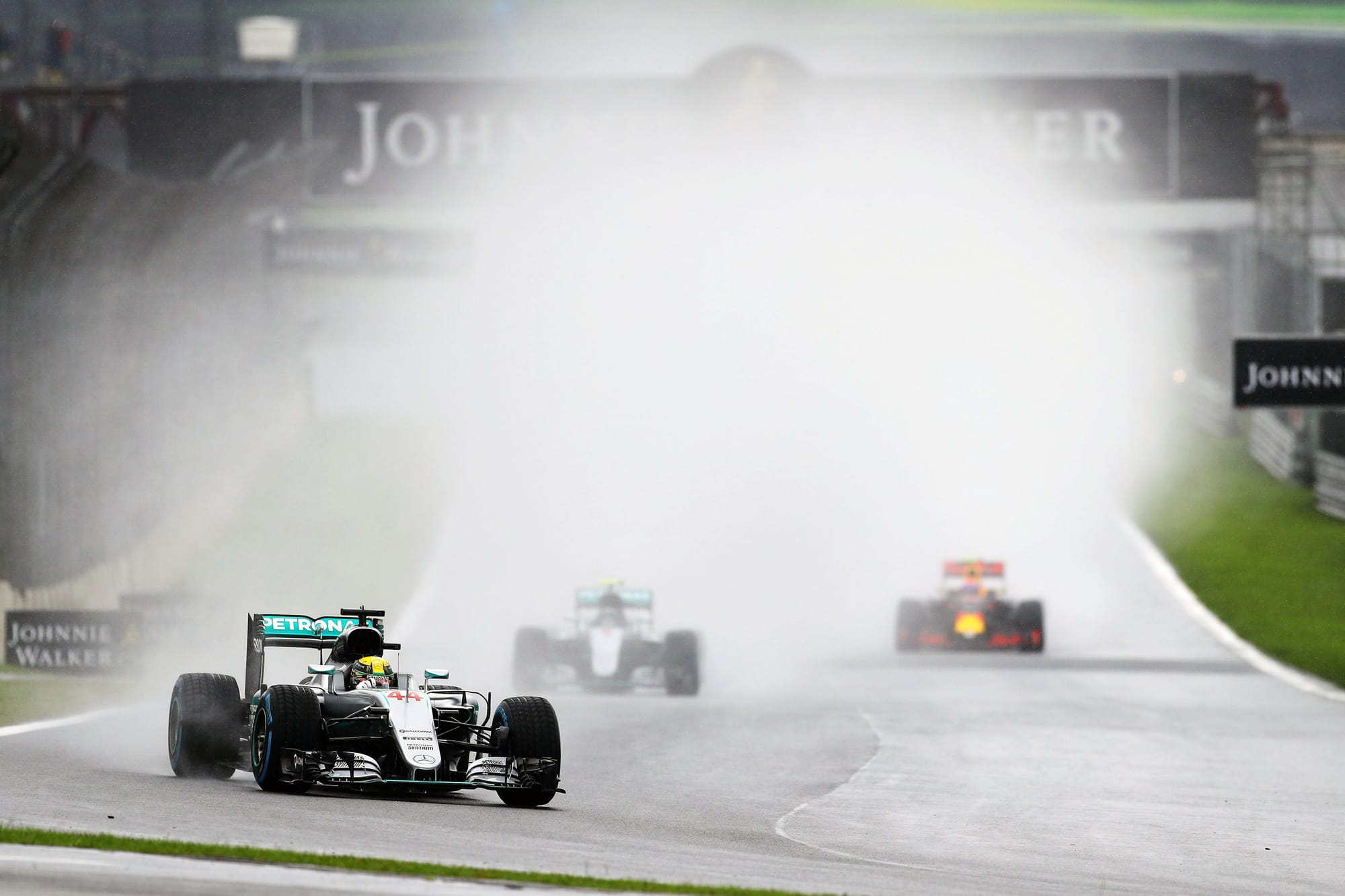
Bearman notes that innovations such as the drainage grooves recently added to certain straights (such as before Eau Rouge) are promising developments. In his view, improving water drainage on the fast sections of the circuit could significantly reduce risks.
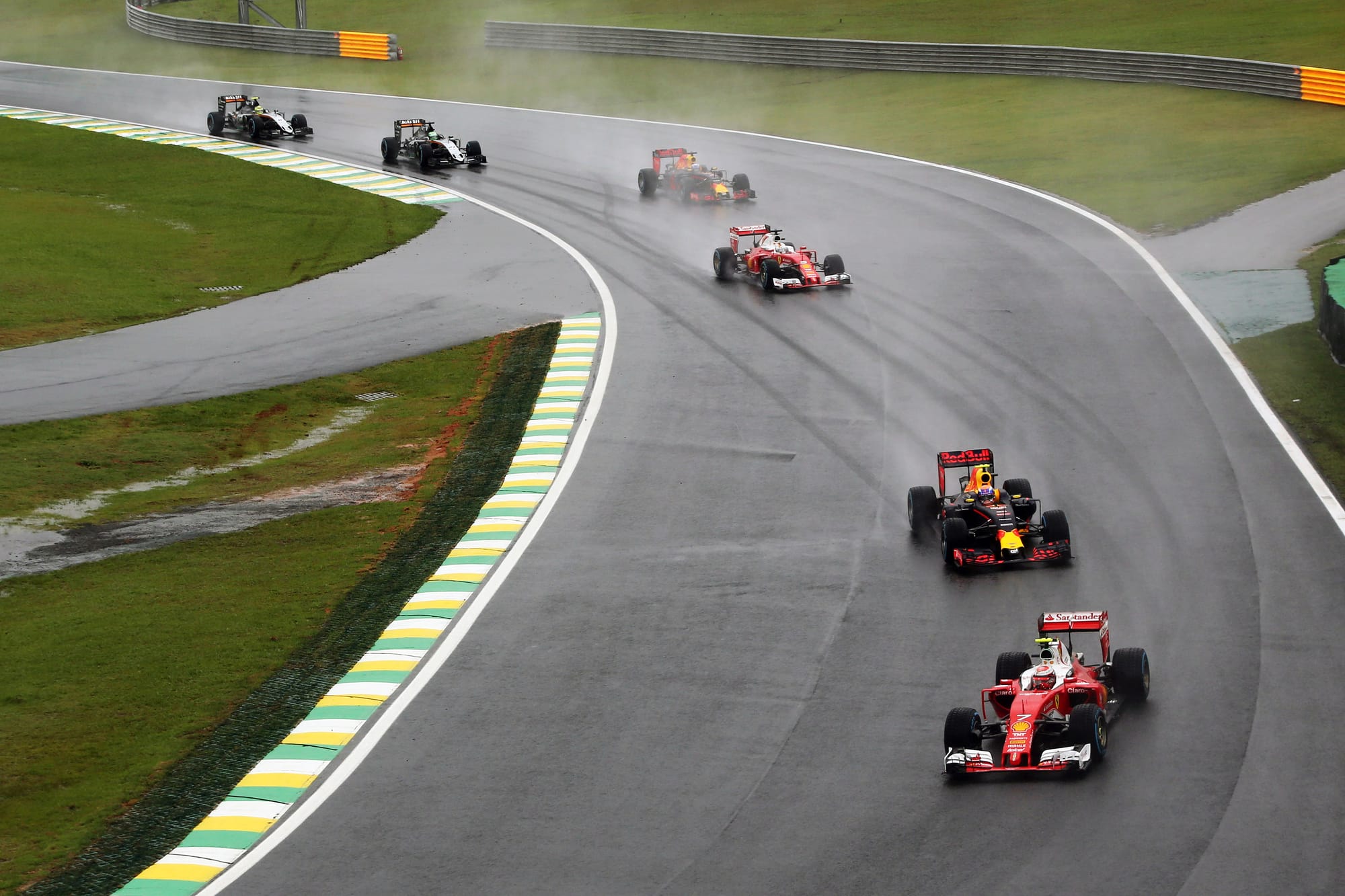
The consensus among drivers is that technological developments must go hand in hand with an appropriate regulatory approach, promoting safer tracks while ensuring the spectacle.
💡 Towards a New Golden Age for Rain in F1?
Rain has always been an integral part of the Formula 1 legend. Mythical duels in stormy conditions often ensure that drivers are remembered. But today, every safety-related decision carries unprecedented weight, the result of a long learning curve and some tragic events. The F1 community is actively working on solutions, from new circuit approvals and the study of innovative tarmacs to the development of technological aids.
The voices of the drivers, often in disagreement but always constructive, illustrate the shared passion of the entire discipline: to be able to compete, even in the worst downpours, without fearing the worst. The road ahead is still long, but the determination to win this challenge is stronger than ever.
In the face of the elements, Formula 1 is moving forward united and determined: a safer and more exciting future is taking shape, where every drop of rain will also be a promise of innovation and progress.
As F1 innovates for safety, the passion for cars is also being reinvented: who has never dreamed of experiencing the thrills of a Ferrari 488 GTB? Experience the emotion without compromise, with complete peace of mind thanks to our lease-purchase and warranty solutions.
Source article : https://blog.joinsteer.com/article/securite-et-defis-en-formule-1-pluie-visibilite-et-progres-a-l-horizon



